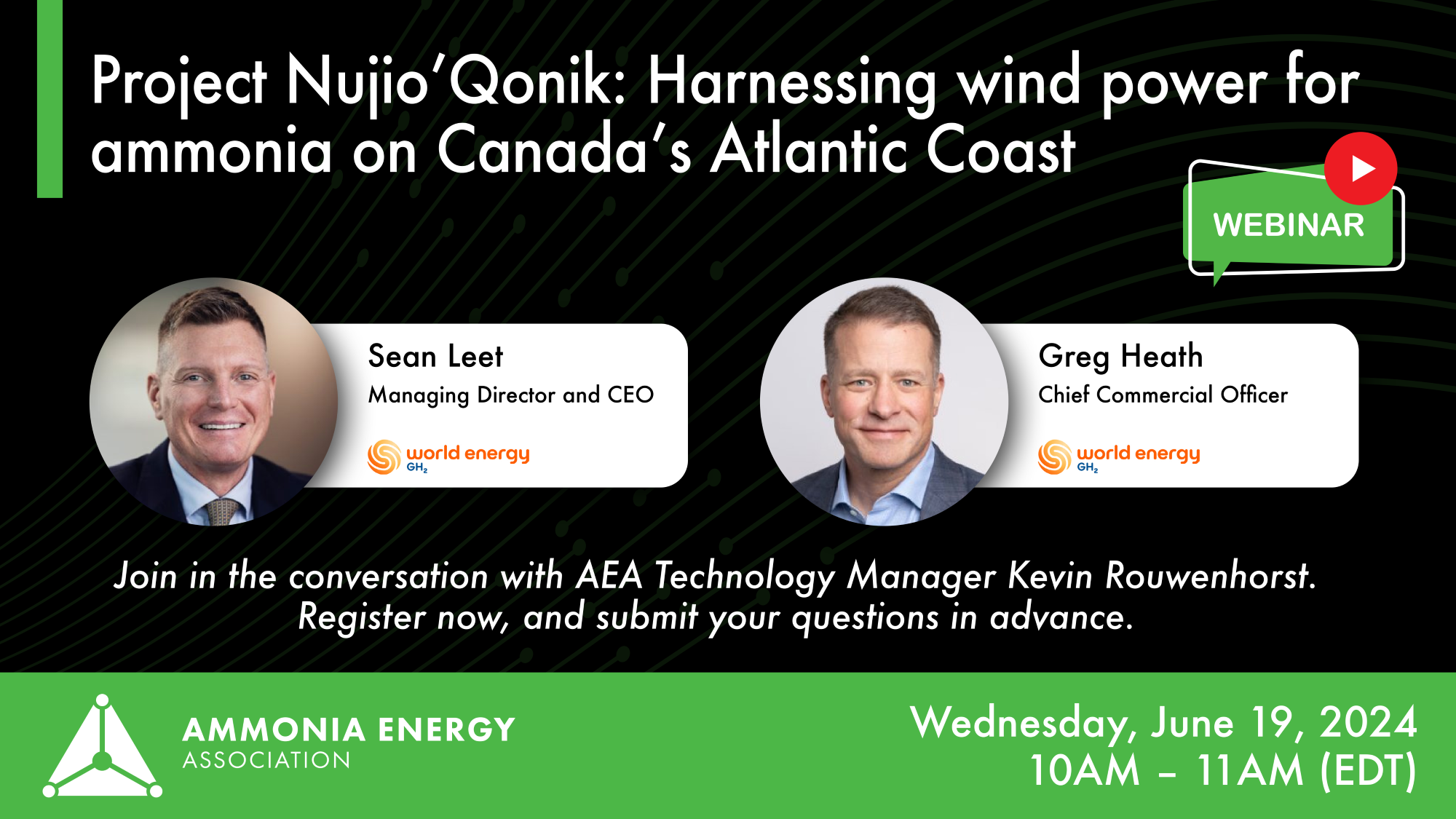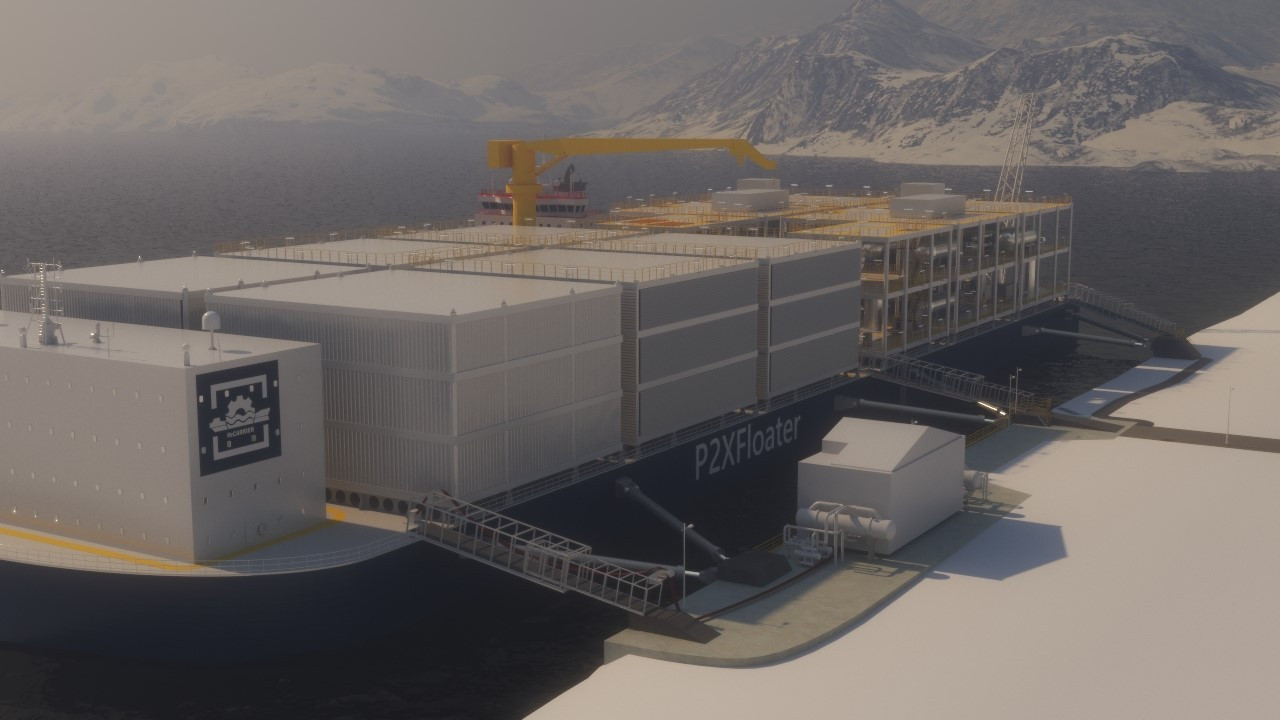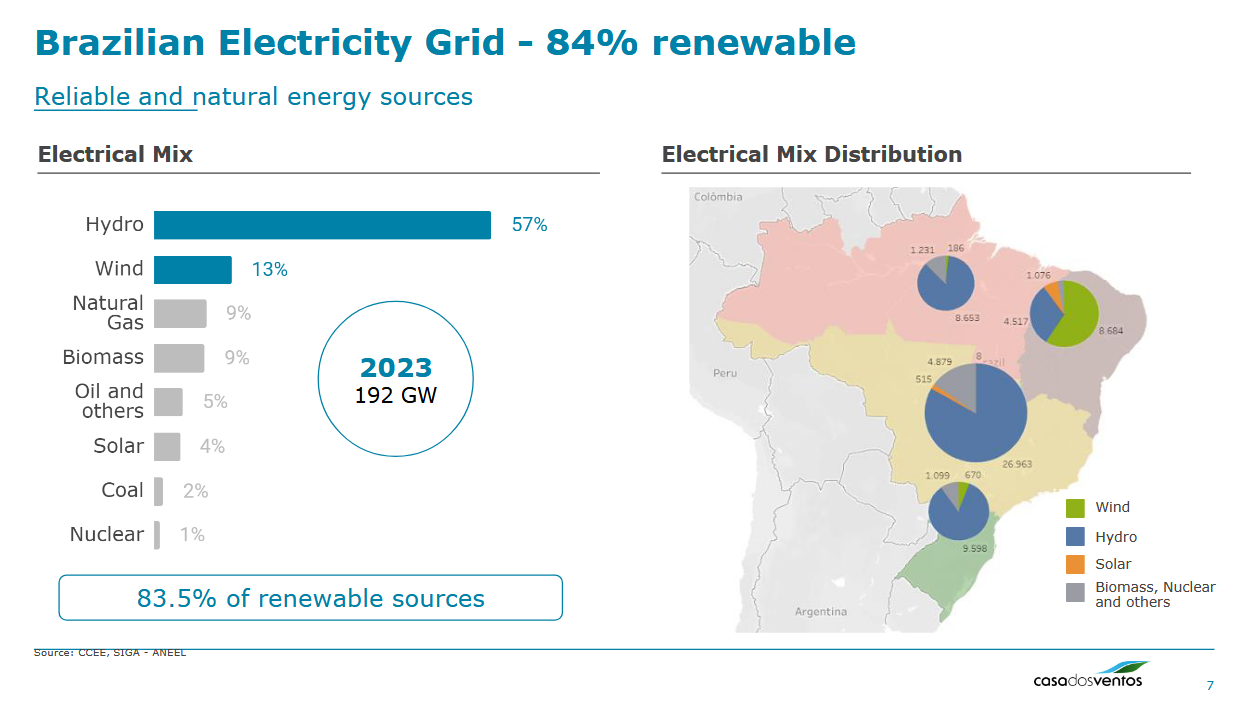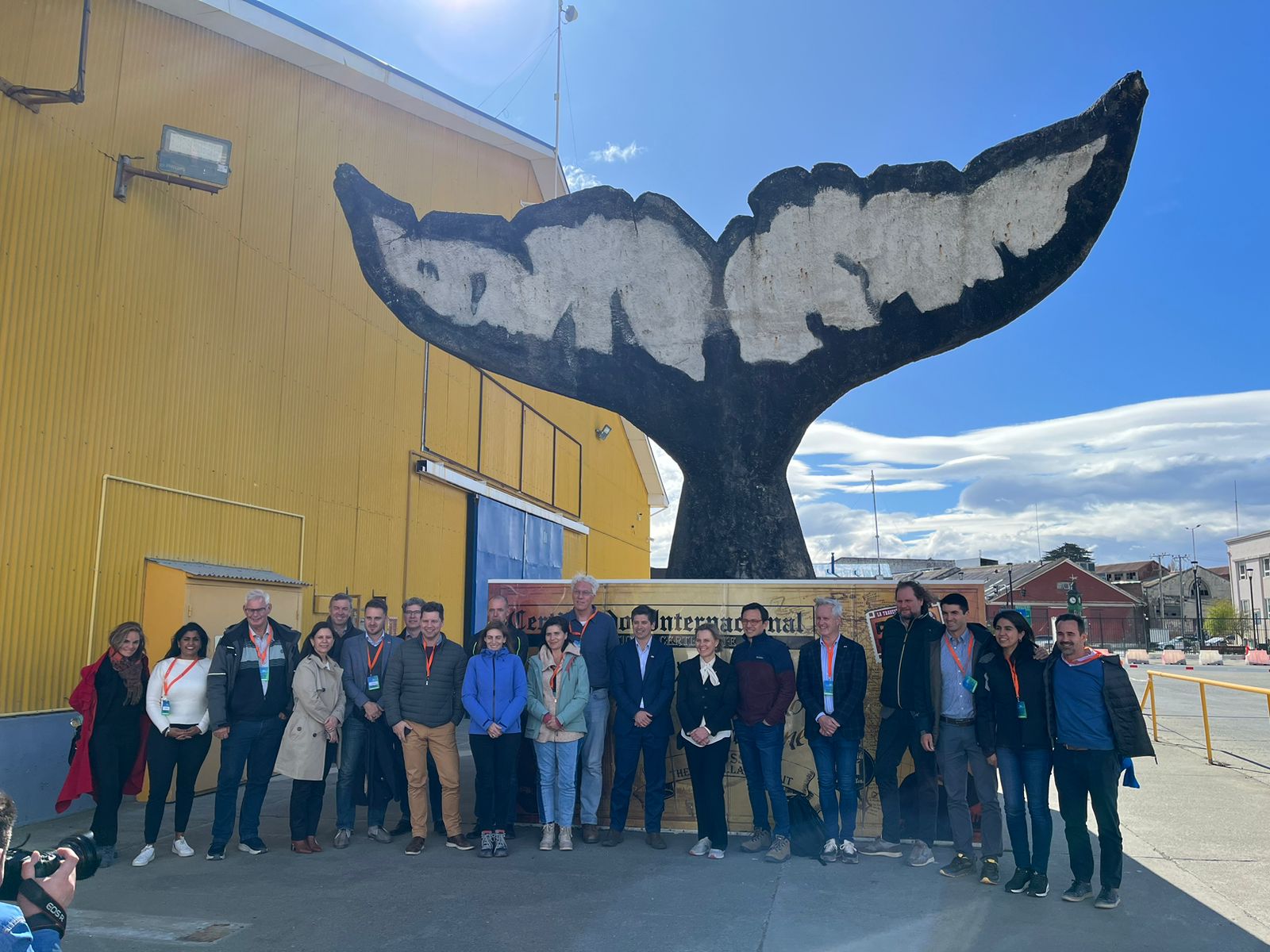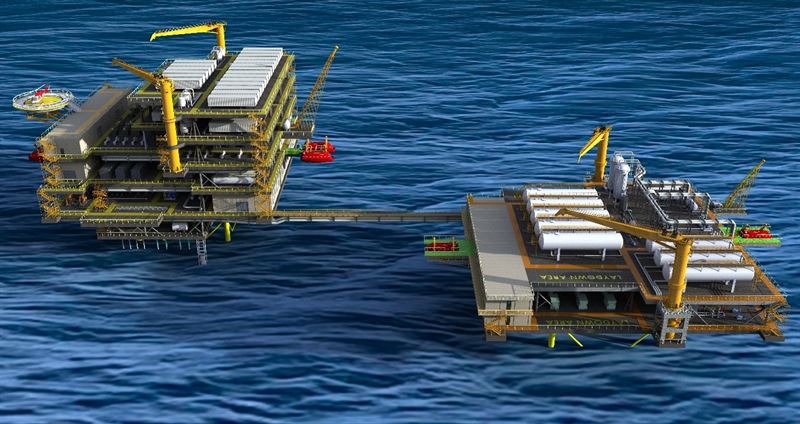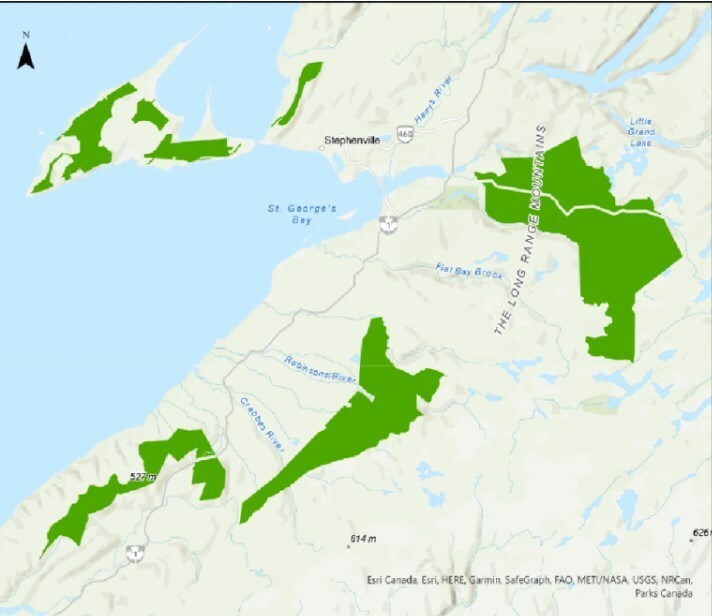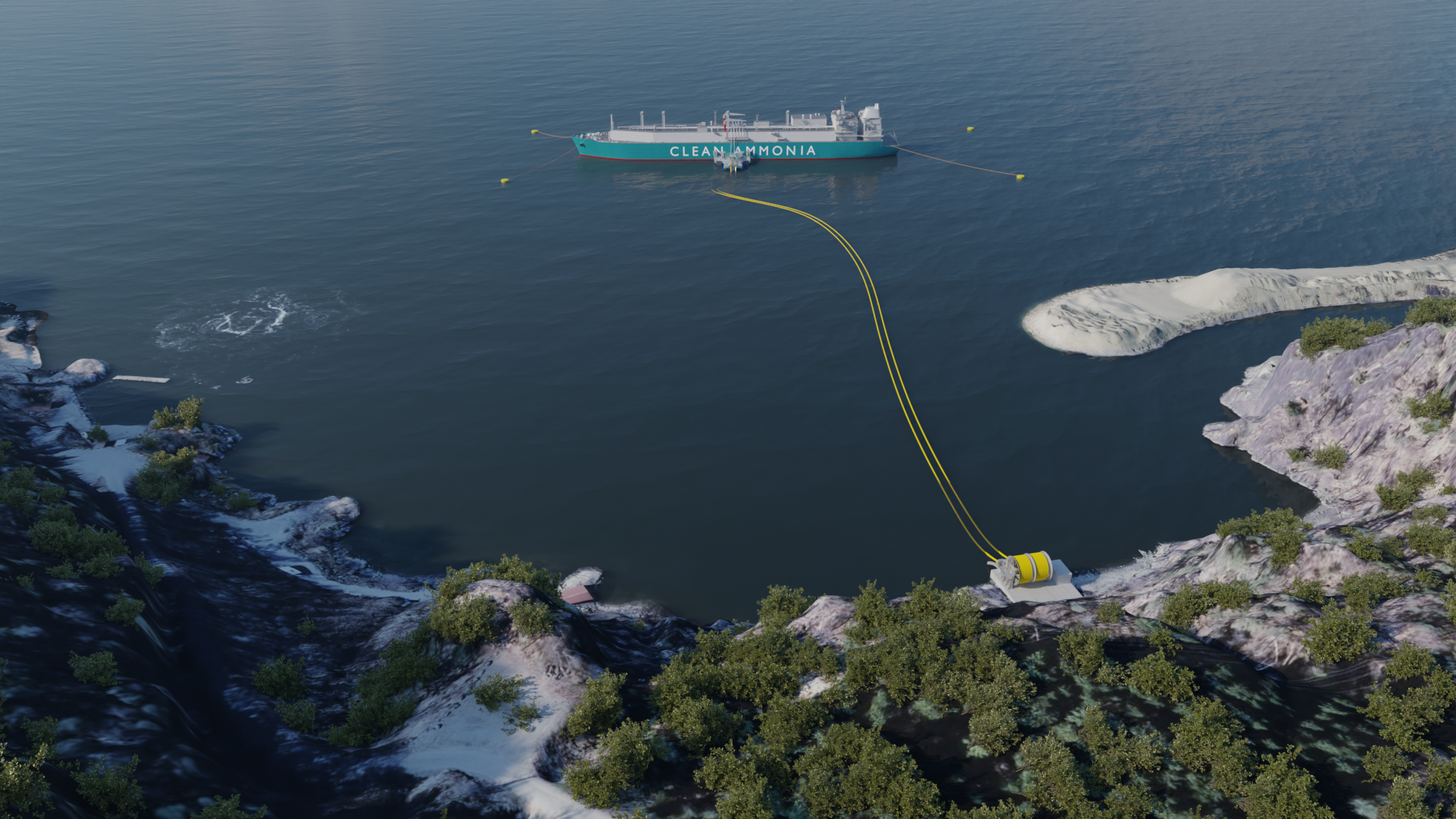Project Nujio’Qonik: harnessing wind power for ammonia on Canada's Atlantic coast
Meet World Energy GH2 to explore Project Nujio’Qonik: a hydrogen and ammonia project powered by onshore wind in Newfoundland. A total of 4 GW of onshore wind energy is currently planned, powering the production of nearly 1.6 million tons of ammonia per year at full scale.
